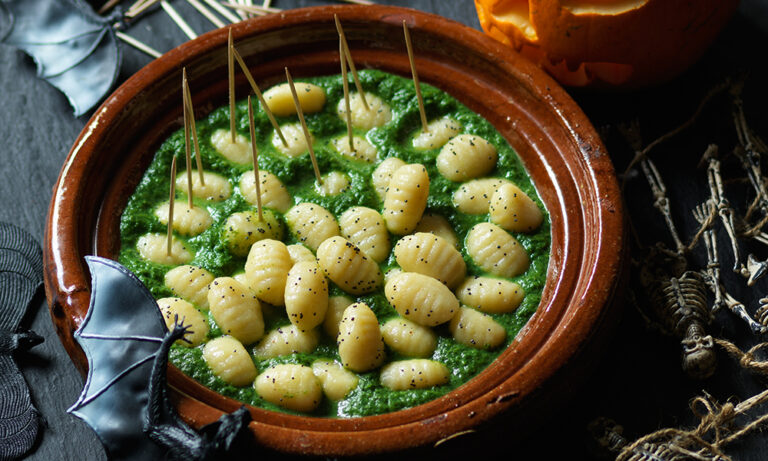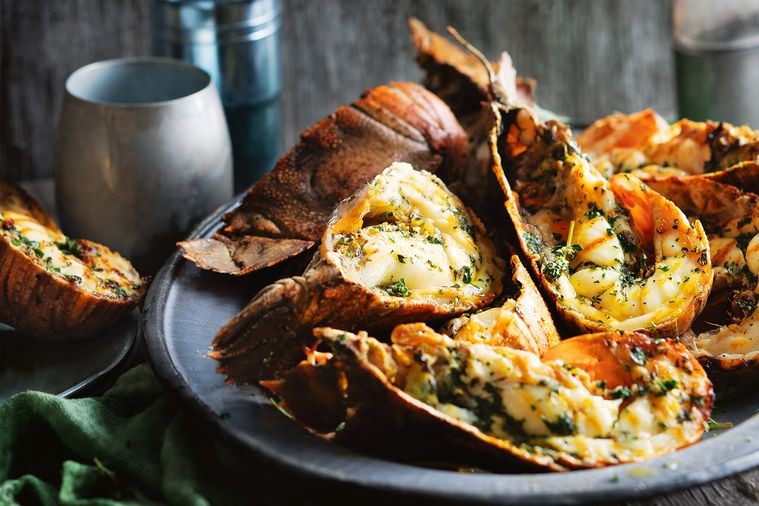Crocodile Skewers: A Unique and Exotic Dish
Crocodile skewers are a unique and exotic dish that is sure to impress your guests. This dish is a great conversation starter and a perfect way to try something different. Crocodile meat is lean, tender, and has a slightly sweet taste that is similar to chicken or pork. It is also a sustainable protein source that is available in many regions around the world.
Crocodile meat is a popular ingredient in many cuisines, including Australian, African, and Asian. It is often used in stews, soups, and curries, but grilling the meat on skewers is a great way to highlight its unique flavor and texture. Crocodile skewers are perfect for outdoor barbecues, dinner parties, or any occasion where you want to serve something special and unexpected.
Marinating and Preparing Crocodile Meat for Grilling
Before grilling your crocodile skewers, it is important to marinate the meat to enhance its flavor and tenderize it. You can use a variety of marinades, depending on your taste preferences. A simple marinade made with olive oil, lemon juice, garlic, and herbs is a good option. You can also use soy sauce, honey, ginger, and other ingredients to create a more complex flavor profile.
To prepare the crocodile meat, cut it into bite-sized chunks and remove any excess fat or tough membranes. Thread the meat onto skewers, leaving some space between each piece to ensure even cooking. Brush the skewers with the marinade and let them sit for at least 30 minutes before grilling.
Grilling Tips and Serving Suggestions for Crocodile Skewers
When grilling crocodile skewers, it is important to cook the meat over high heat for a short amount of time to avoid overcooking. The meat should be slightly charred on the outside and cooked through on the inside. You can also baste the skewers with additional marinade during cooking to keep the meat moist and flavorful.
Crocodile skewers can be served with a variety of side dishes, such as grilled vegetables, rice, or salad. You can also serve them with a dipping sauce, such as sweet chili sauce or aioli, to add extra flavor. Crocodile meat is a healthy protein source that is low in fat and high in protein, making it a great addition to any balanced diet.







